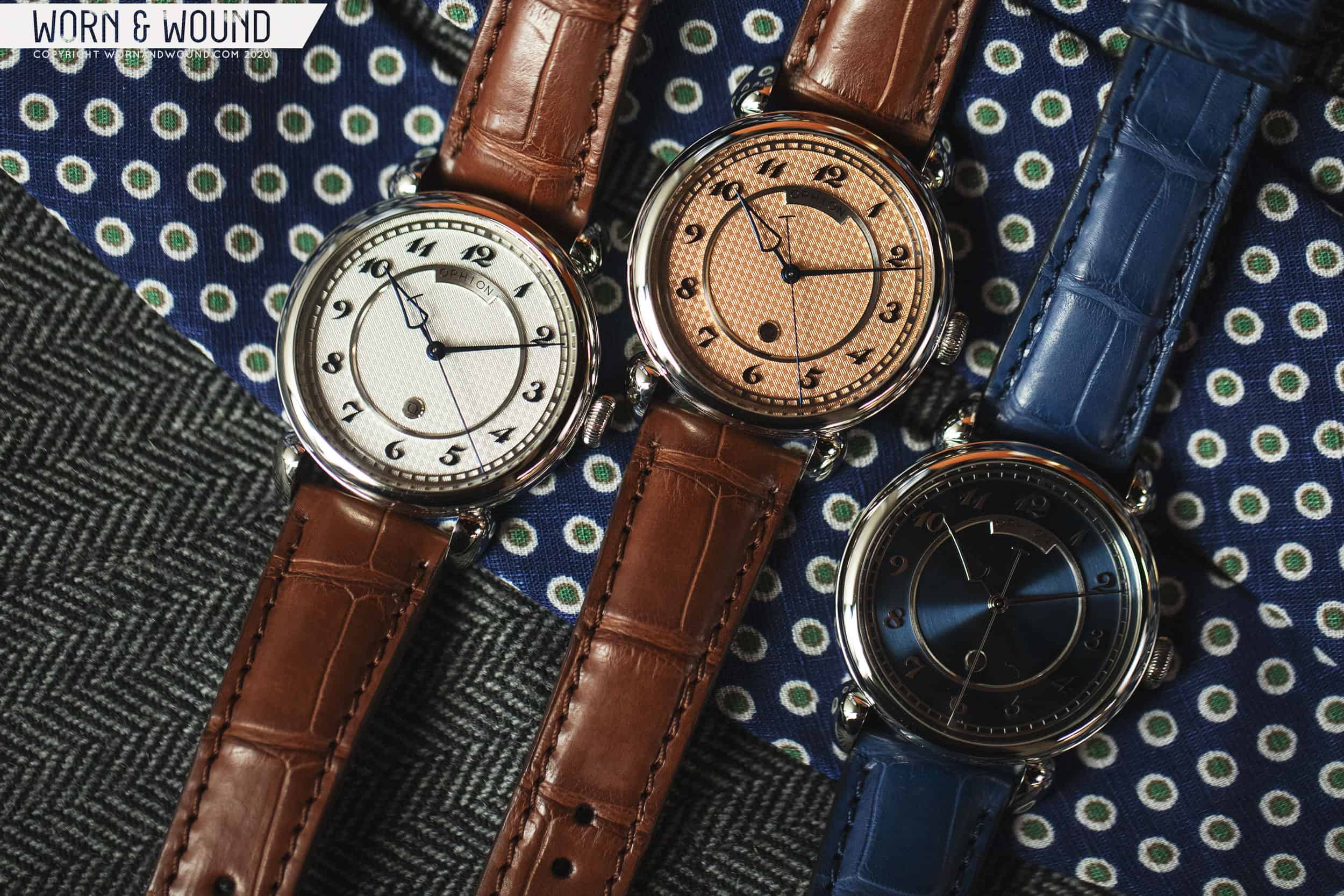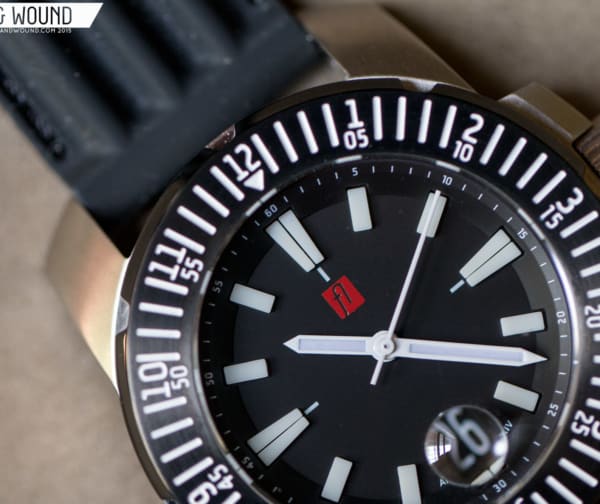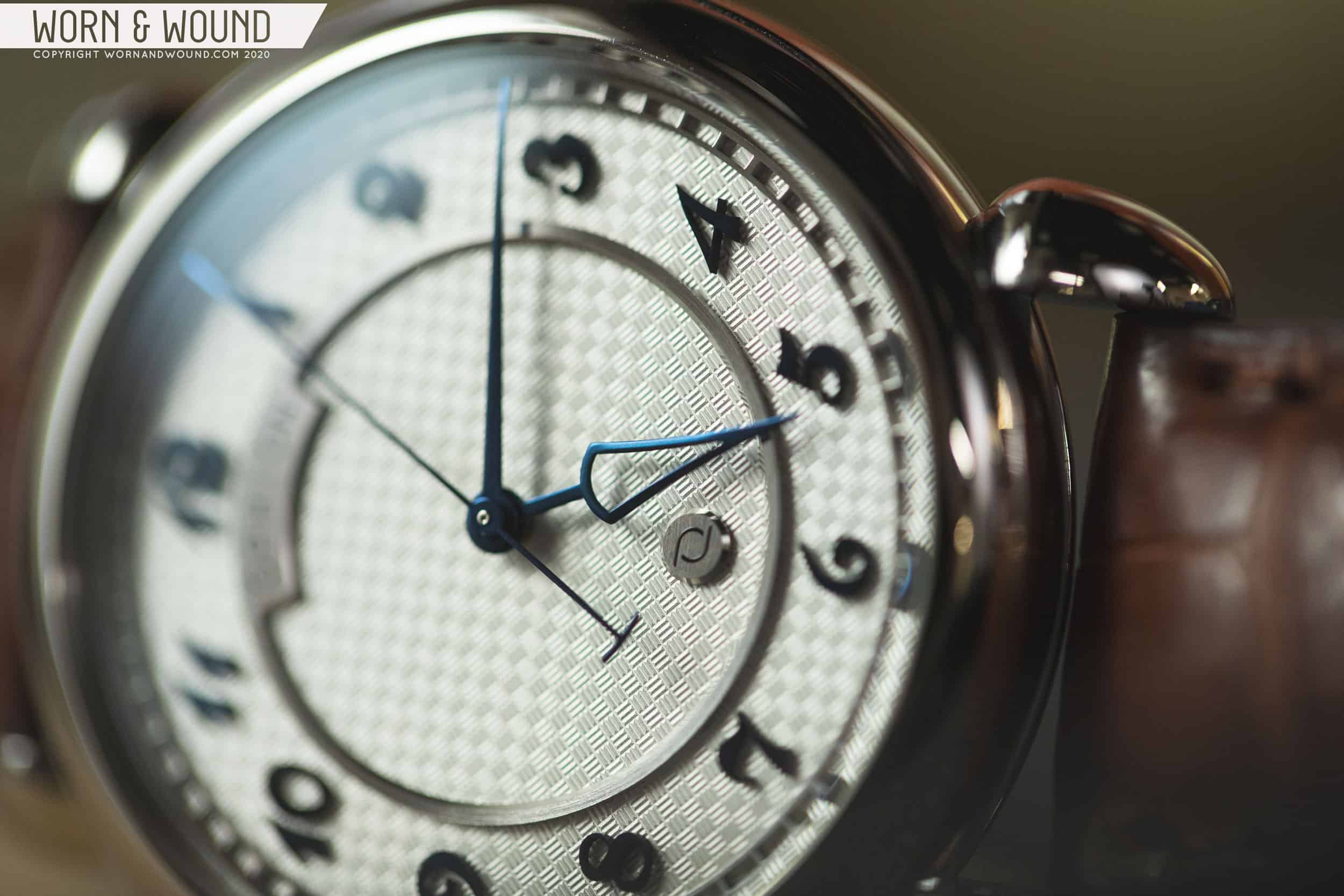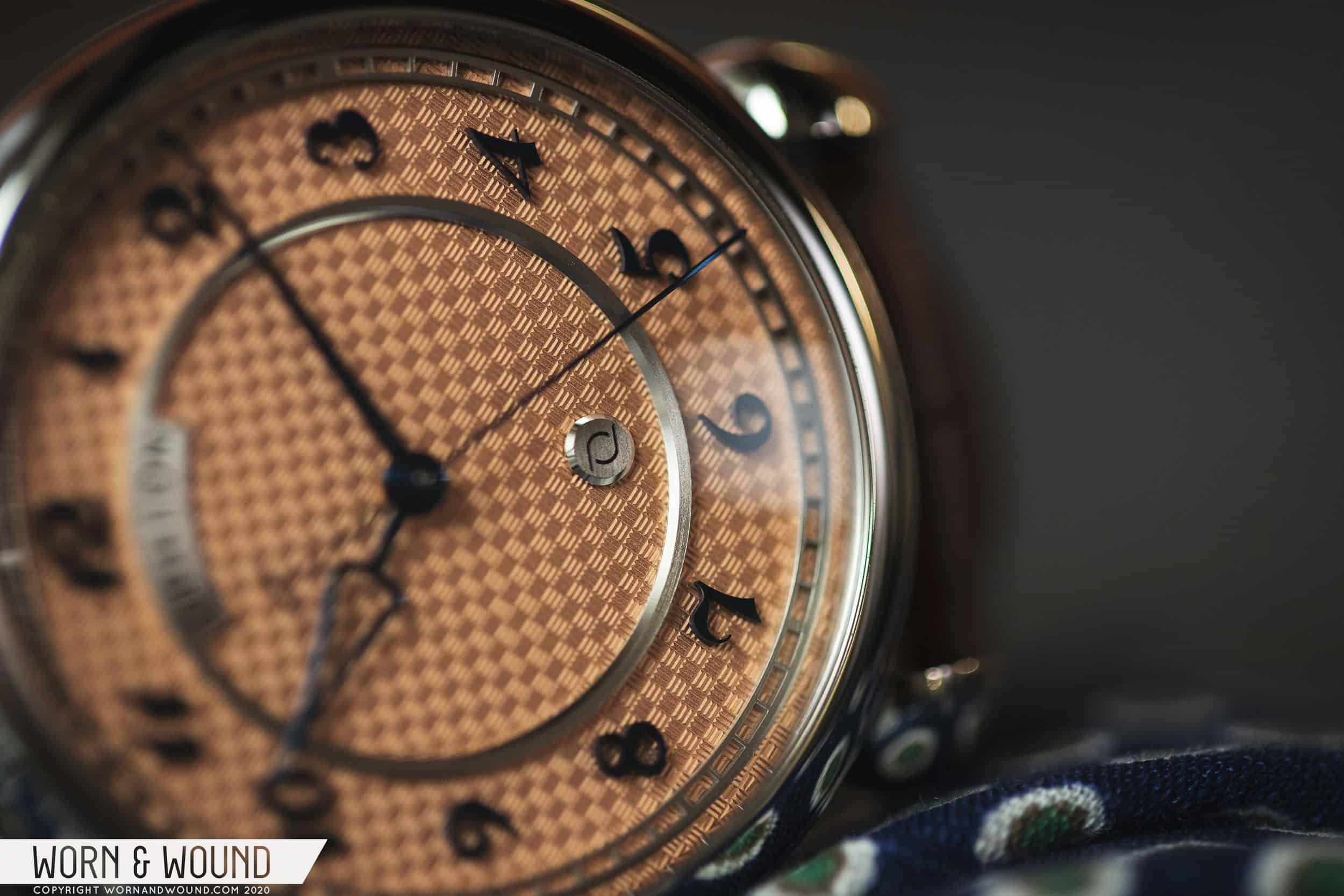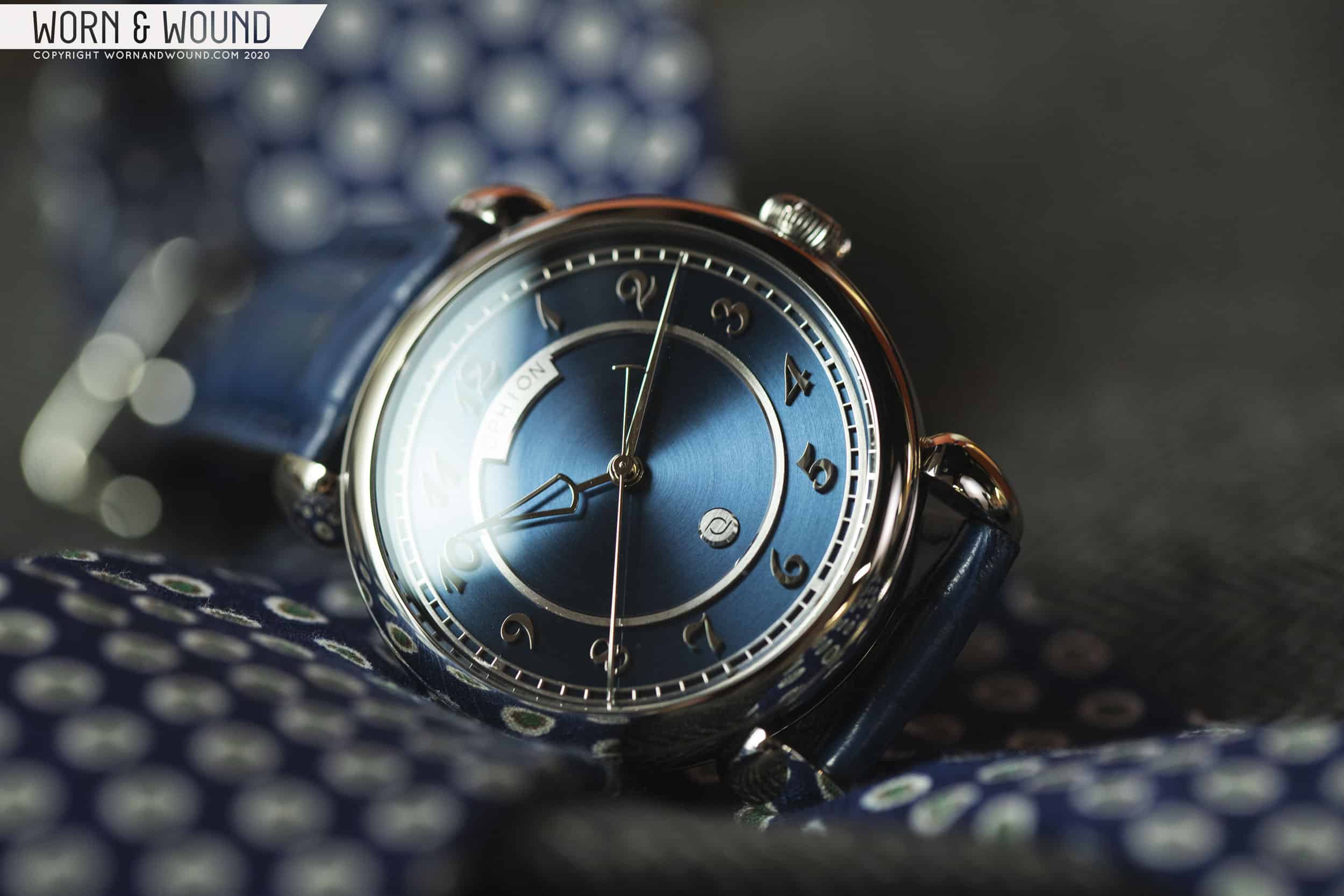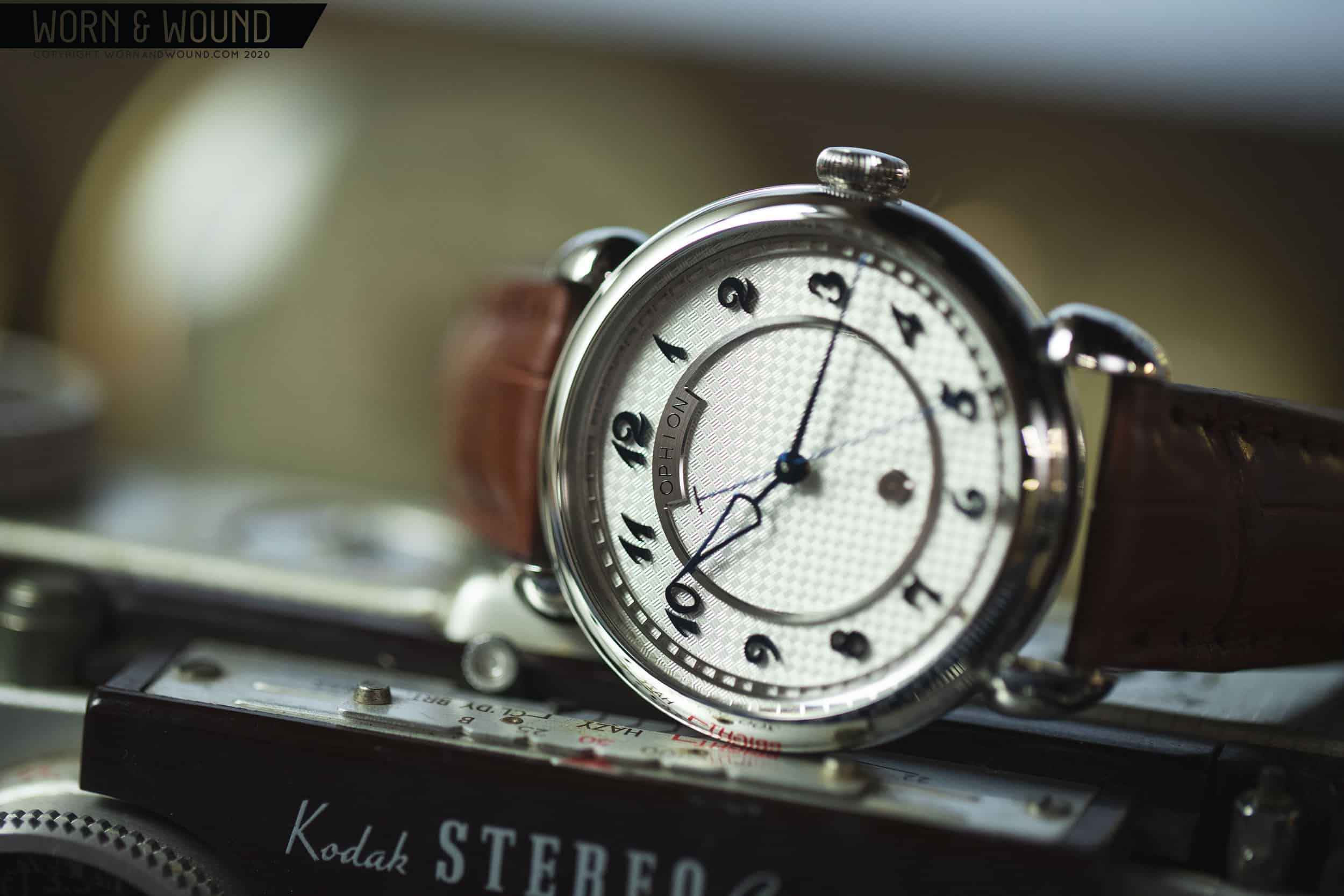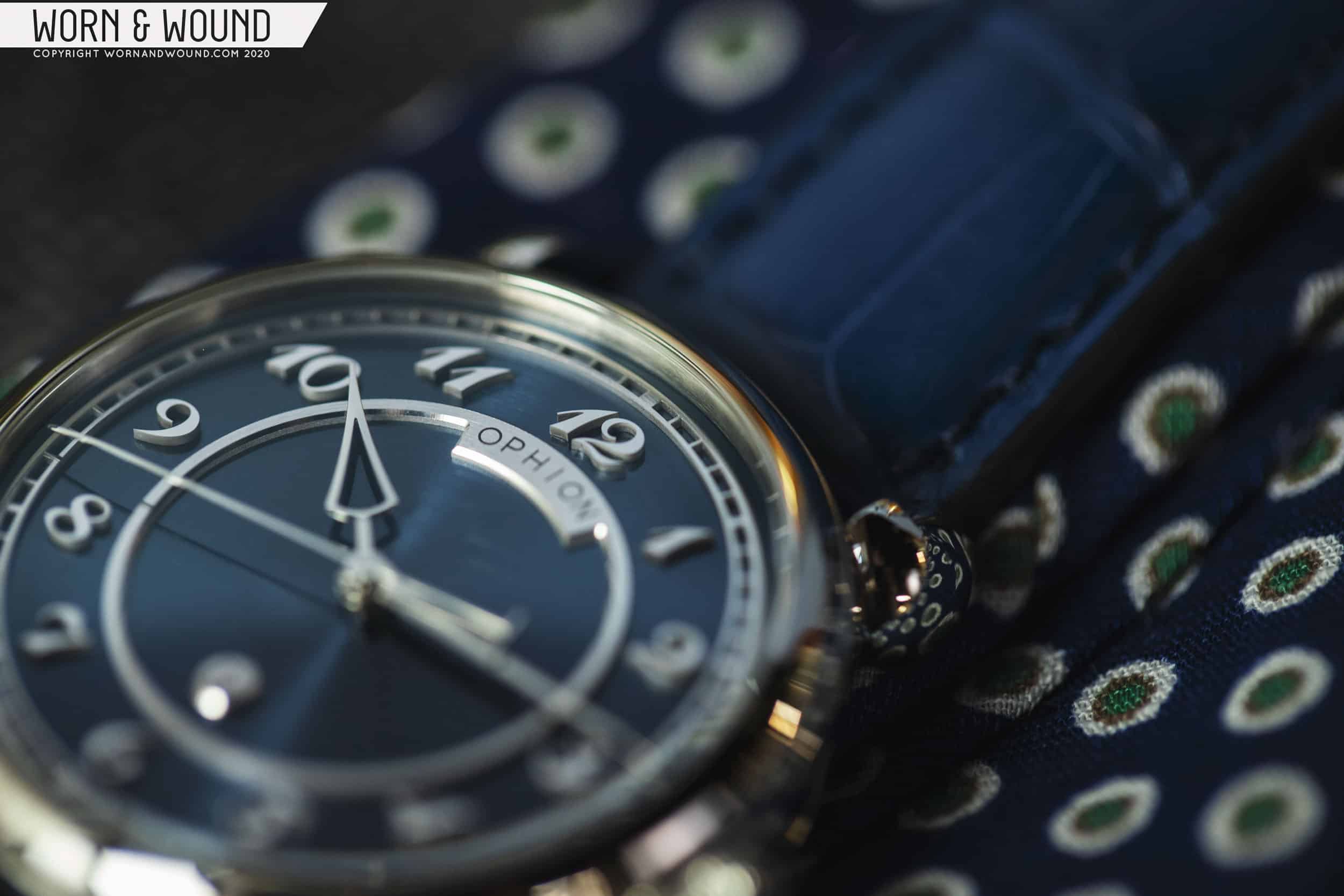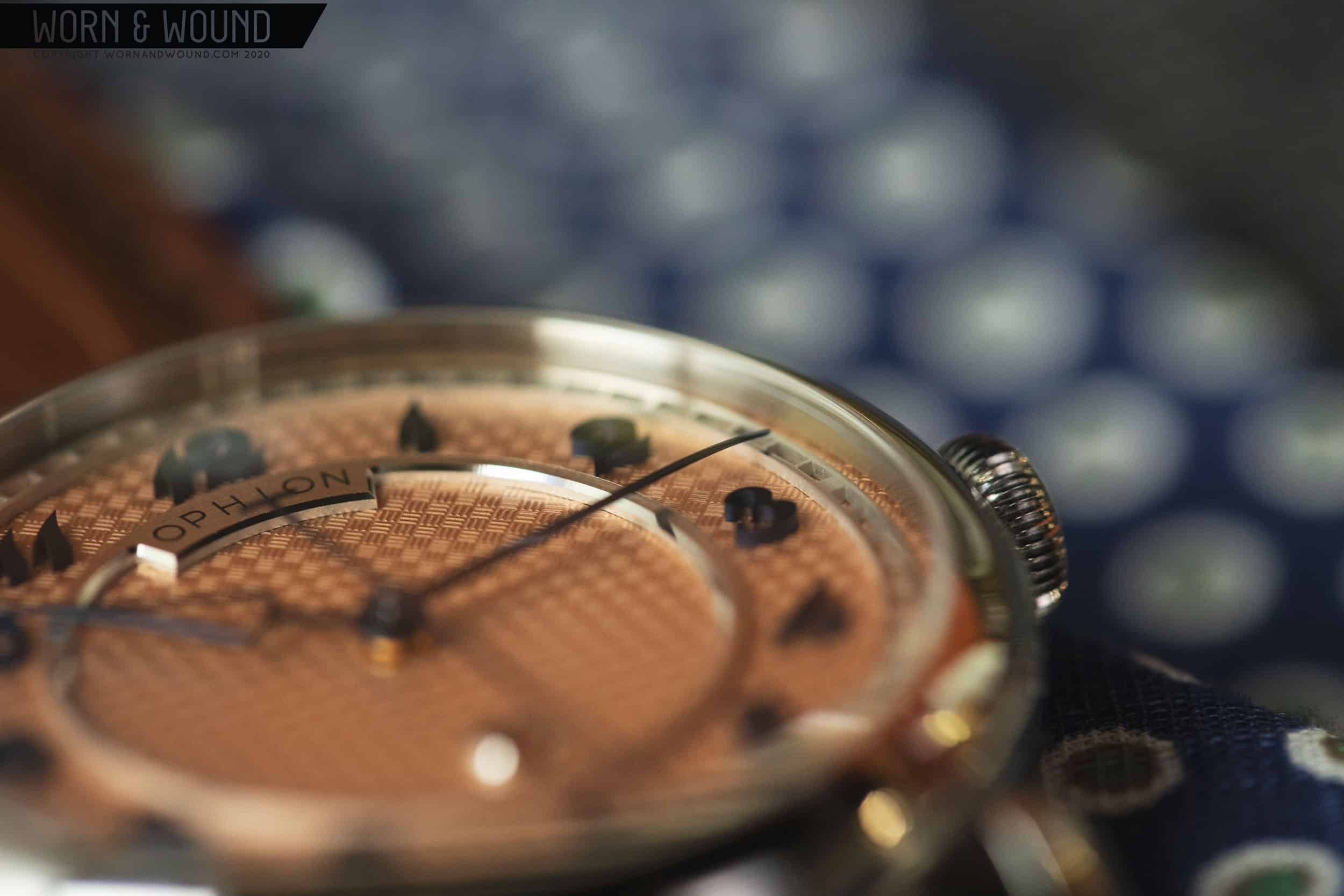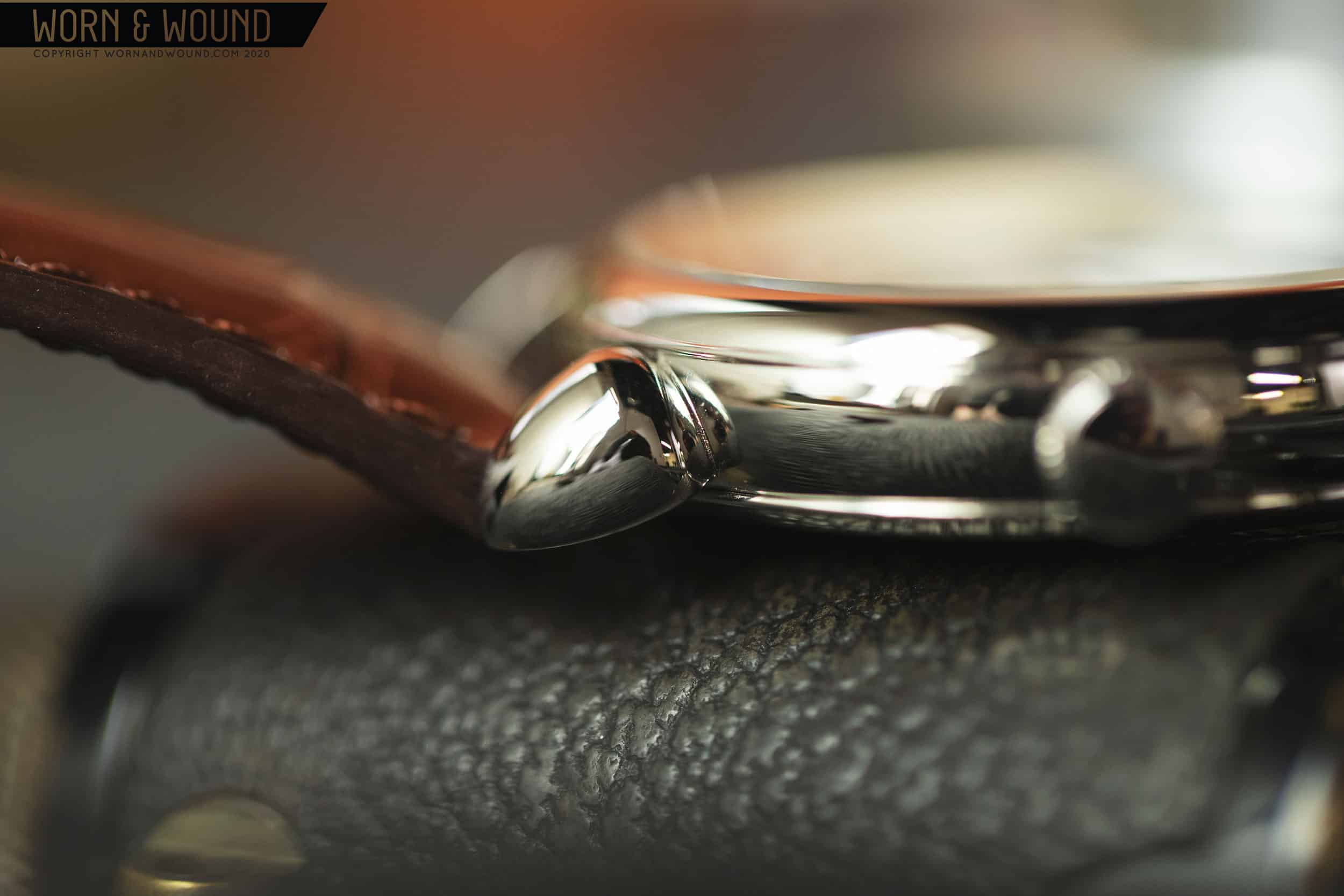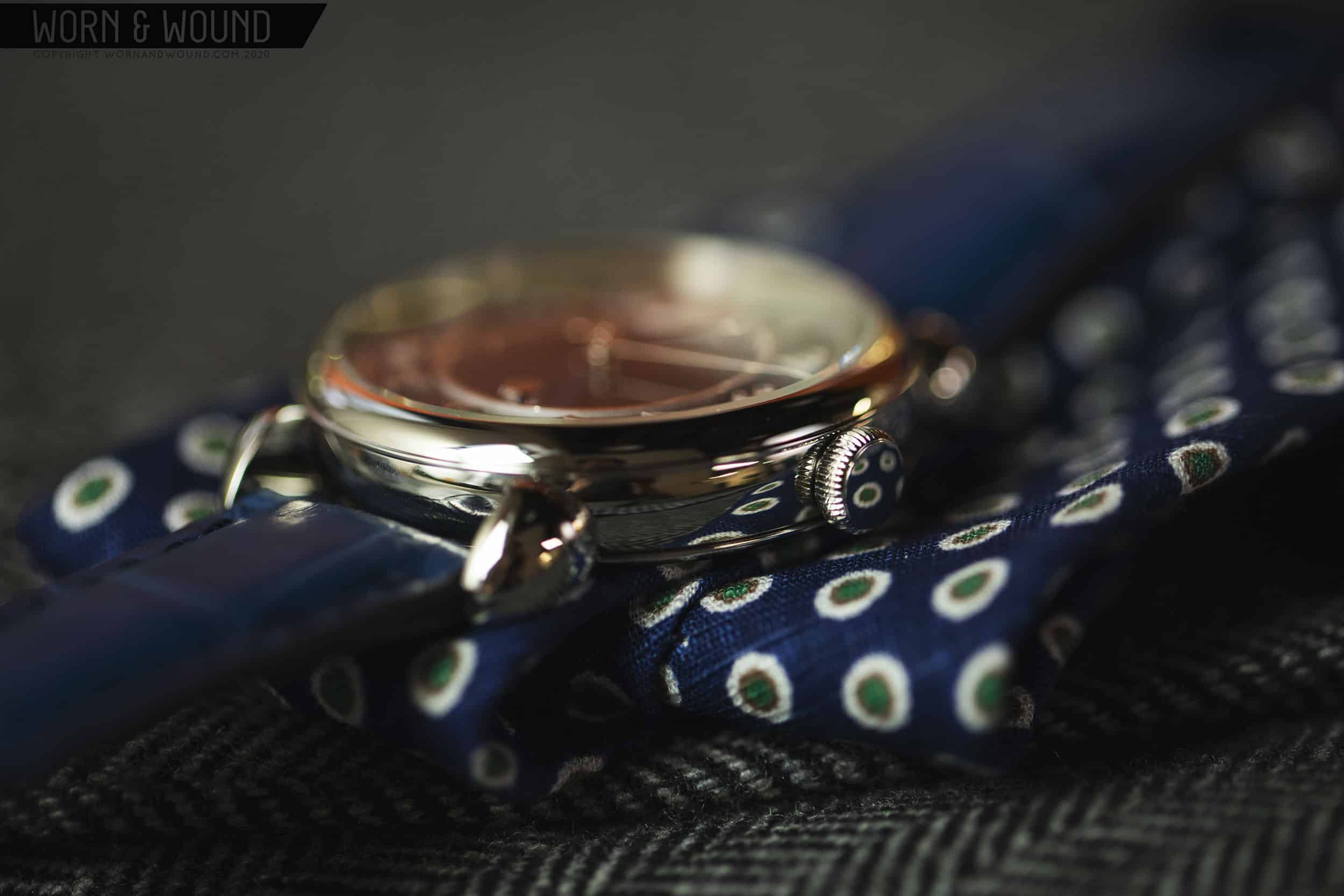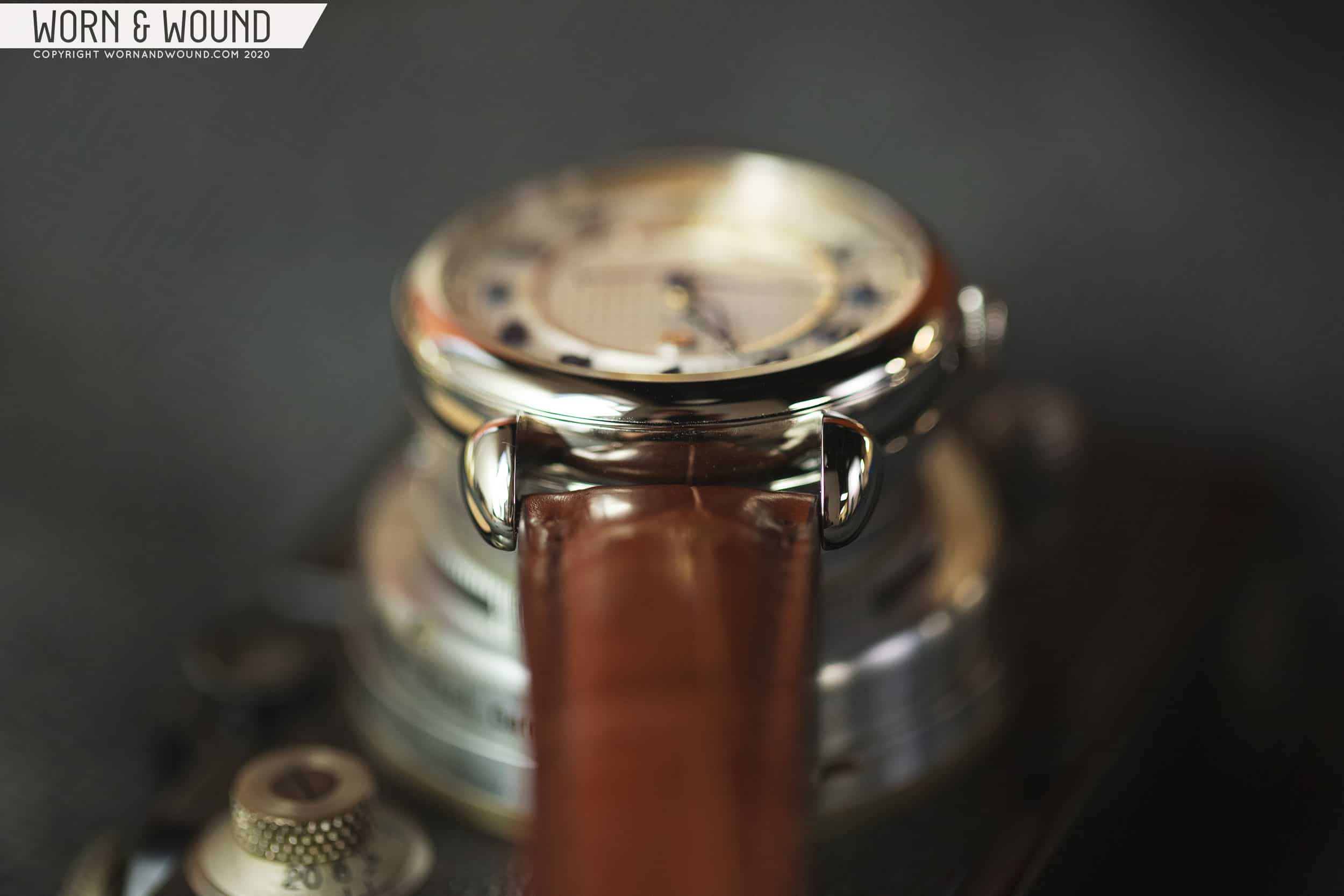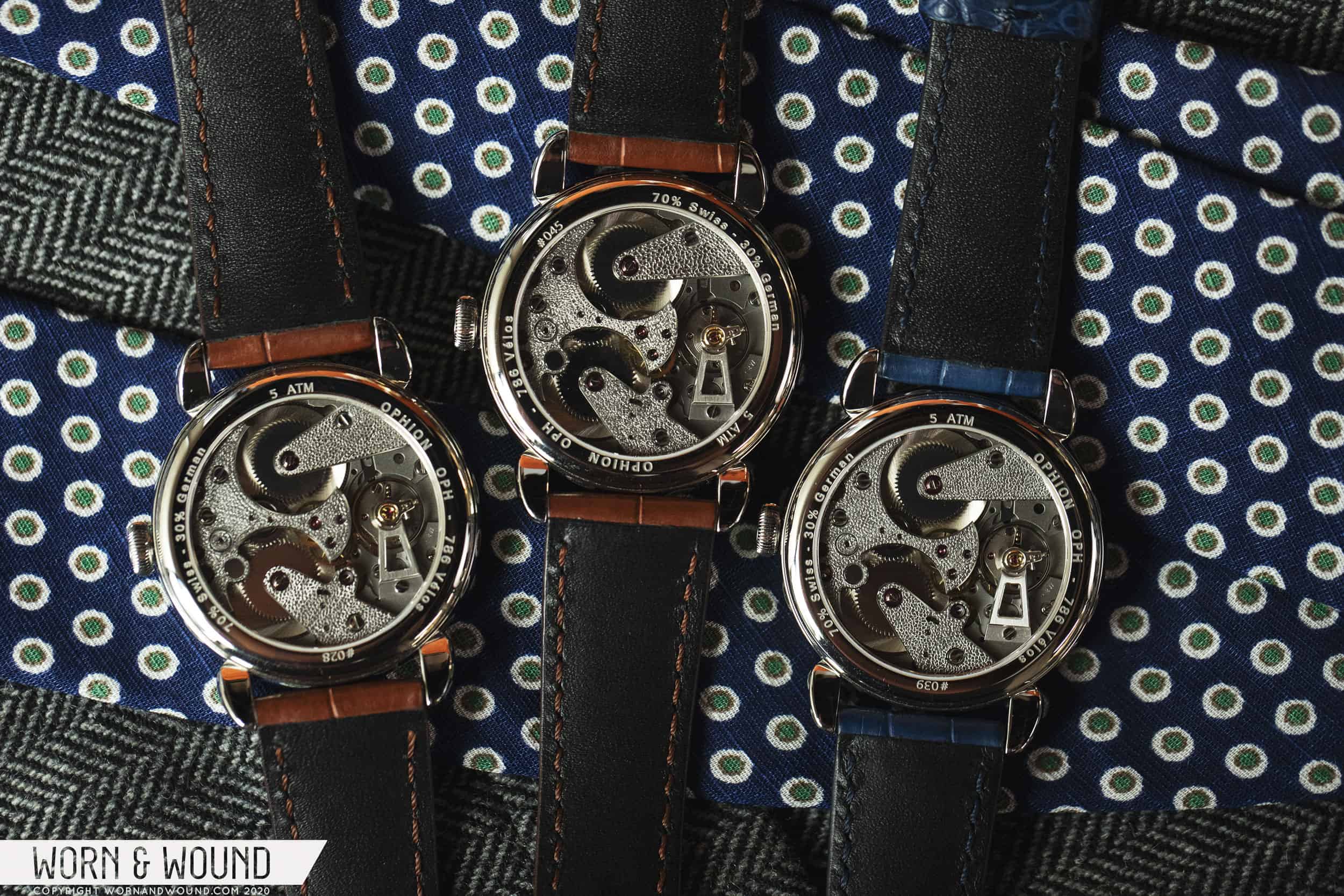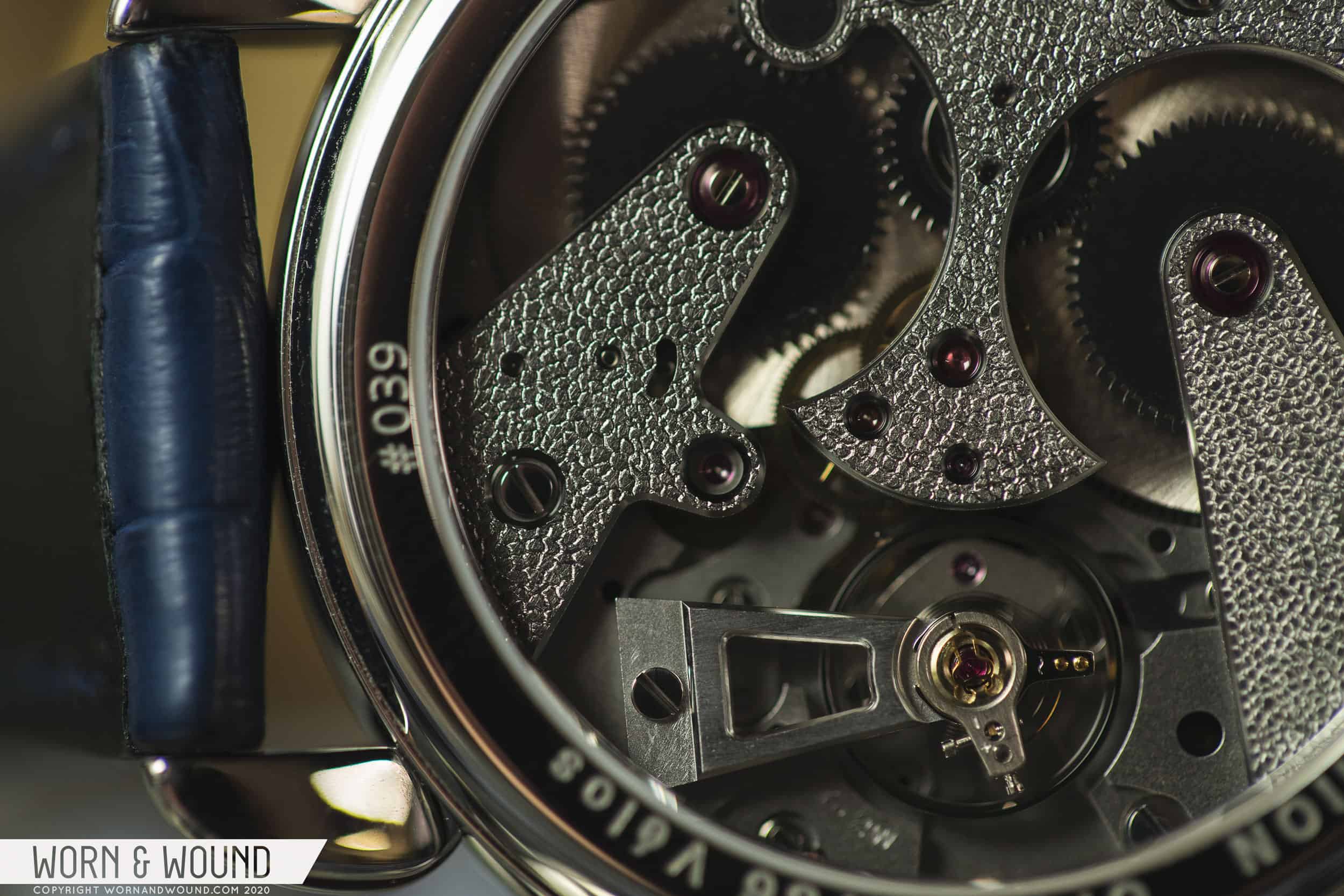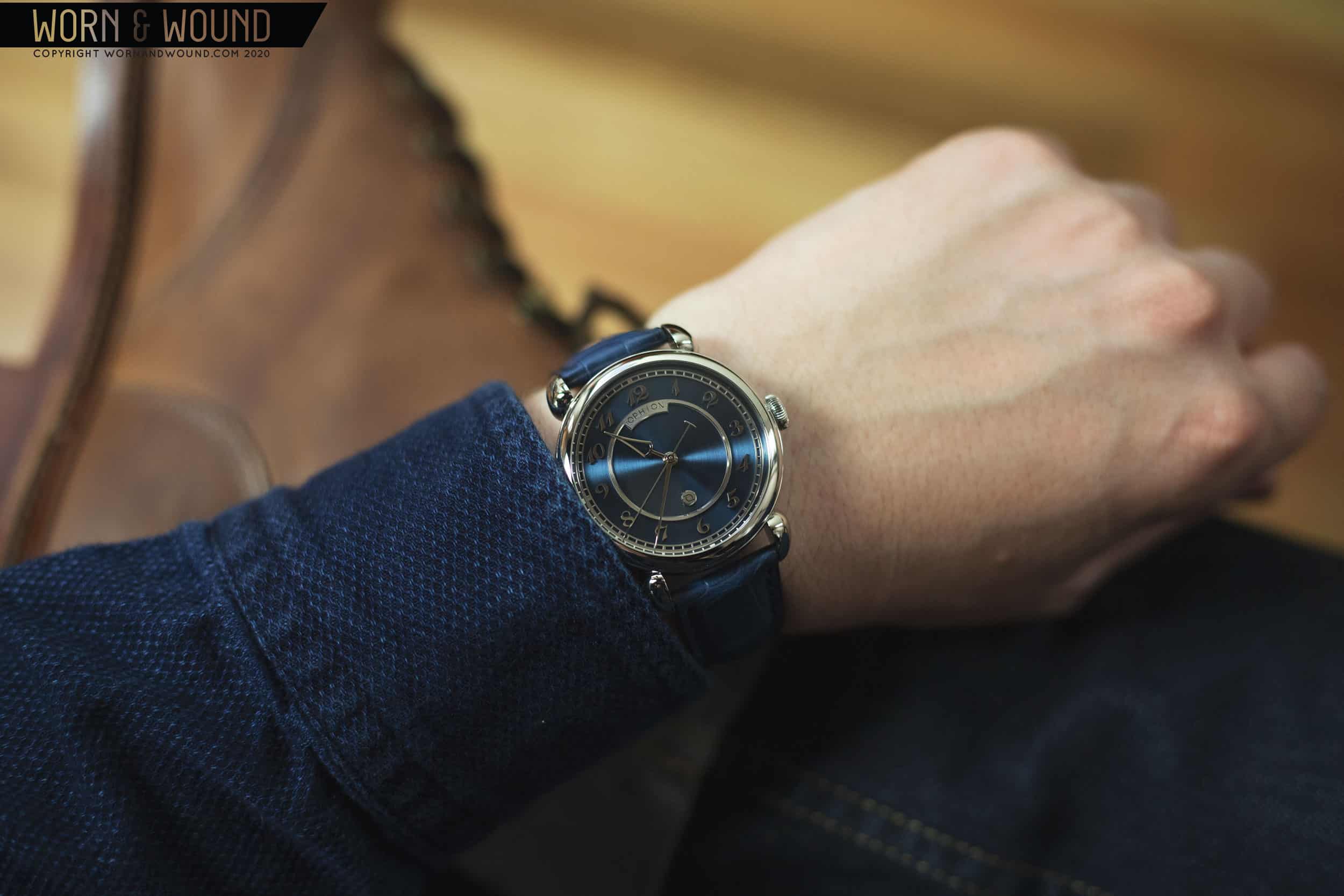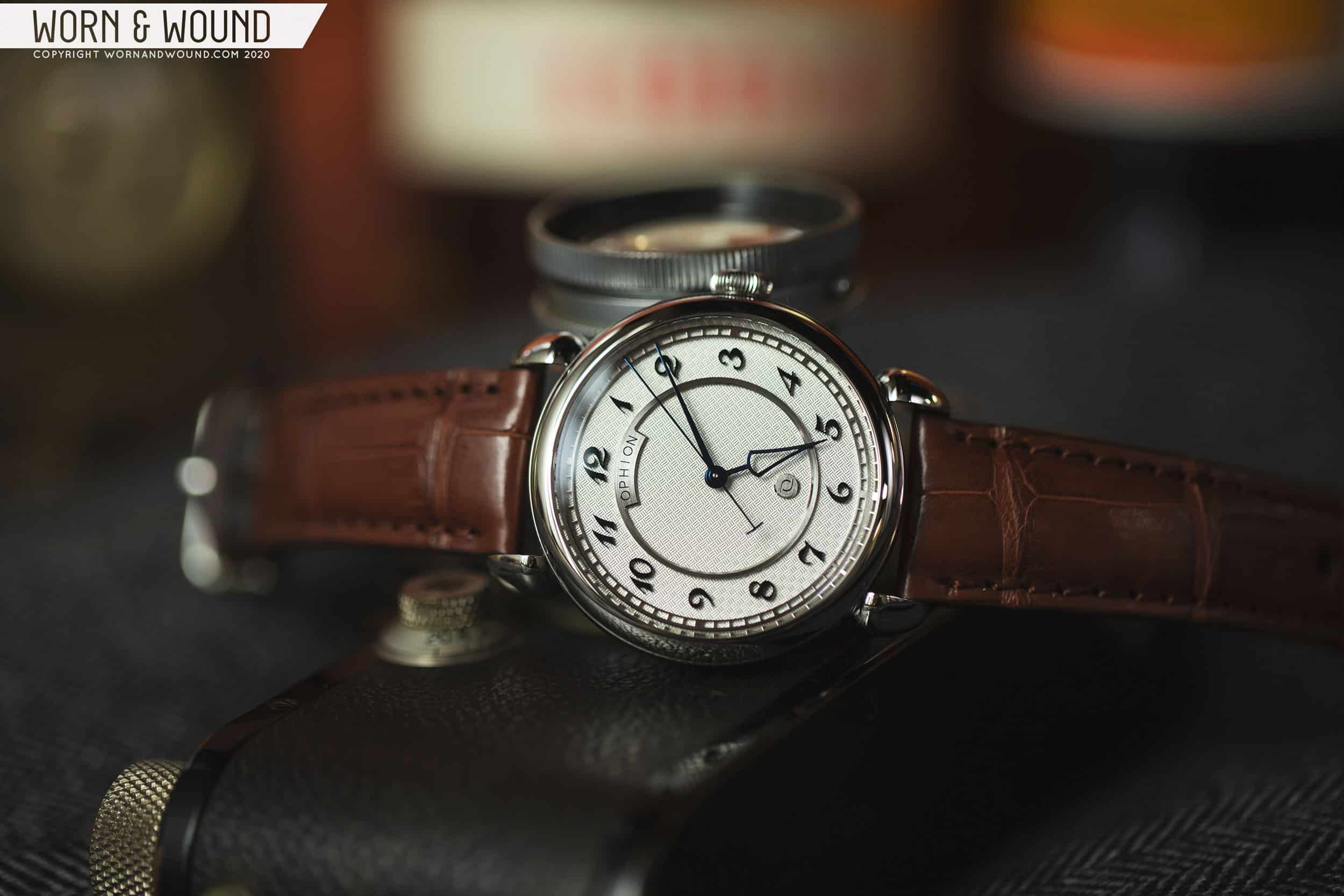On my 7.5 inch wrist I found the Vélos to be comfortable during extended periods of wear. I think the 38.5mm case size has a Goldilocks quality to it that many people will find very wearable. The Vélos measures about 10.5mm thick, but that includes the domed crystal, and you have to factor in the slope of the bezel in the wearing experience as well. Without the sapphire, the thickness drops to just 9mm thick, which in my opinion feels closer to what the watch feels like on the wrist. The short lugs also aid in making the Vélos feel compact – it measures just shy of 47mm lug to lug. That’s a conservative size by today’s standards, and the extremely deliberate design helps shrink the watch even more once you get used to wearing it.
Conclusion
In case it wasn’t clear from all the gushing above, I’m a pretty big fan of these watches. Taste, obviously, is subjective, and I can certainly see a watch lover just not being into the dressy style, particularly with the guilloche dials, but I don’t think the overall quality of the product can be called into question. It’s simply incredibly well made, and every aspect of the watch has been thoroughly thought through and executed to a degree we don’t normally see in this price range.
![]()
As someone who covers these watches for a living, one of the most impressive things about Ophion is their transparency. Take a look at their website, and you see a thorough accounting of where every major component is sourced. There’s no tricky wording used to imply that Ophion has done something that they themselves are not directly responsible for. In fact, Ophion seems to take great pride in having the ability, resources, and good taste to pull all these disparate components together into one cohesive watch.
The Ophion with a guilloche dial retails for approximately $3,380 after currency conversion (the radial dials are a few hundred less, and price can shift with strap options). That’s not an inexpensive watch, but I think that considering the novel way that it’s made, it represents a lot of real value. There’s nothing else like it on the market. Ophion
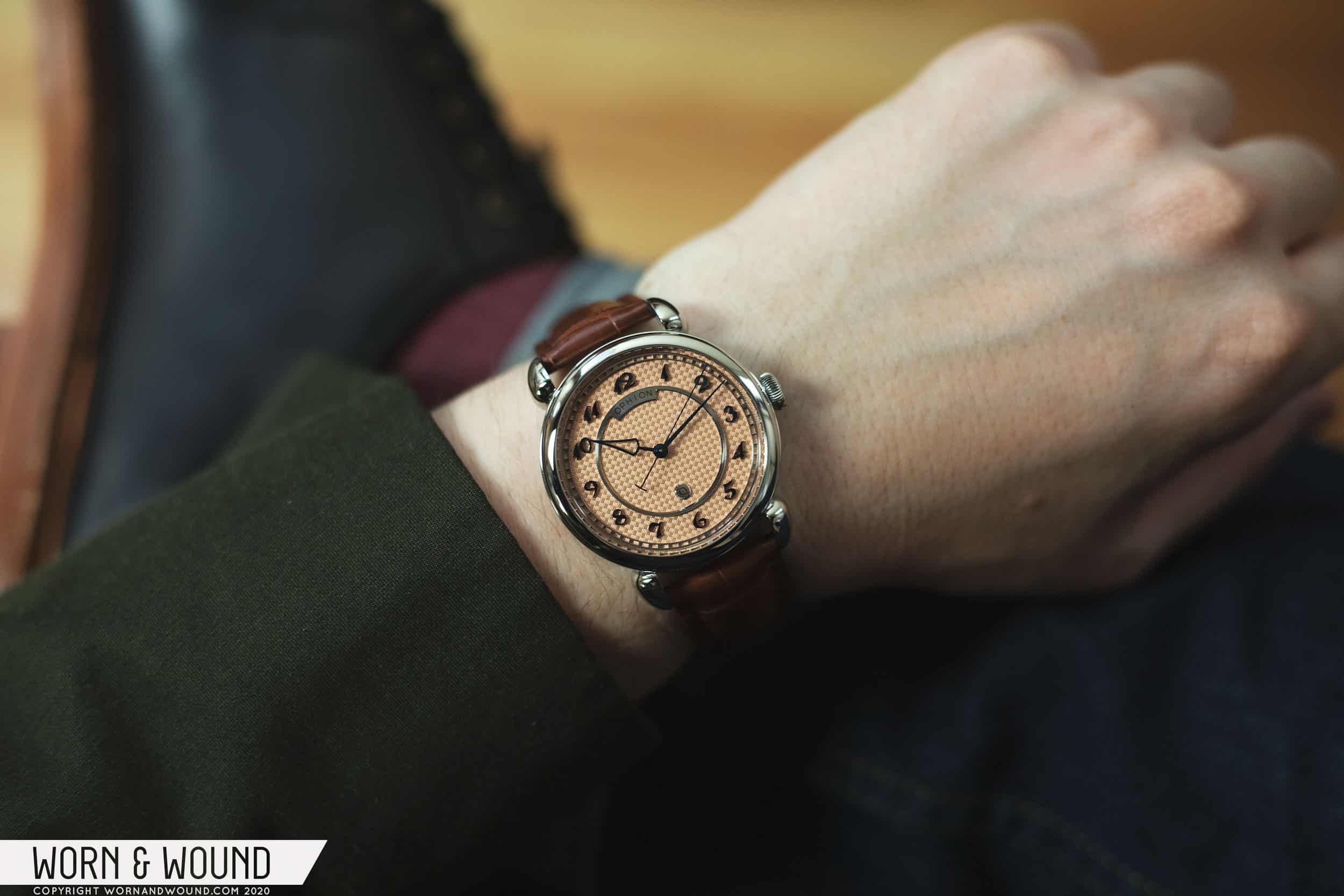









 Featured Videos
Featured Videos




